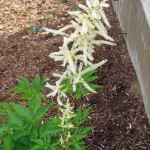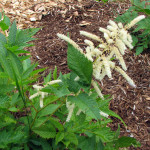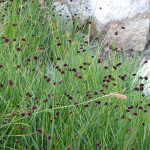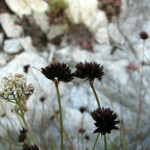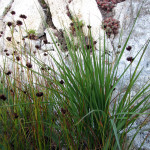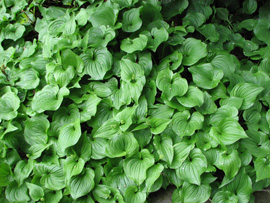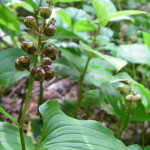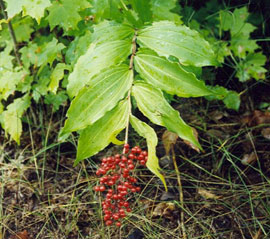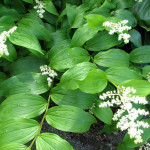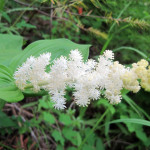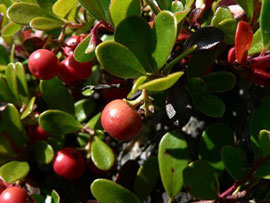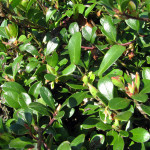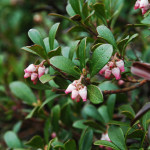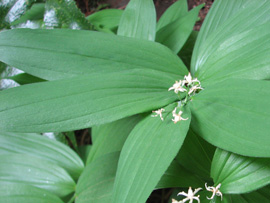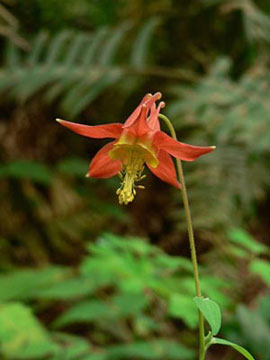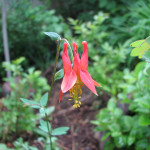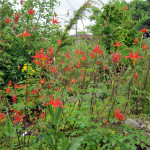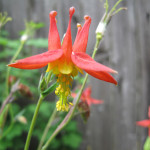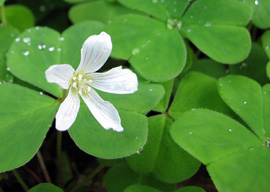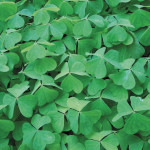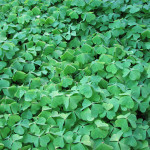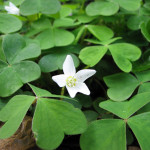Aruncus dioicus
Goat’s Beard has decorative finely-cut foliage and will create a bold, showy effect for a moist or partly-shaded spot all season. Dense, feathery plumes of tight white flowers rise well above the foliage spring to summer.
Goat’s Beard is an excellent background plant or grouped in a woodland setting. It dies back to the ground in winter, only to return gloriously in the spring. Goat’s Beard spreads slowly by rhizomes to form attractive patches, and can be planted in more sunny areas provided there is good moisture. It’s a “host” plant to the Dusky Azure Butterfly.
- Light Requirements: Part Shade, Full Shade
- Water Requirements: Moist, Perennially Wet
- Ease of Growing: Easy to grow
- Growth Rate: Fast
- Spreads: Yes
- Wildlife Support: Pest-eating Insects, Birds or Mammals, Pollinators
- Fire-resistant: No
- Edible: No
- Mature Height: 5-15ft
- Mature Width:3-5ft


